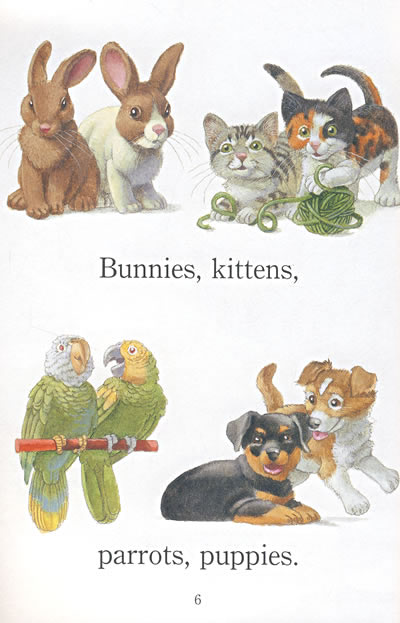Common Grammar Pet Peeves That Drive Writers Crazy
#### Introduction to Grammar Pet PeevesWhen it comes to writing, everyone has their own set of preferences and standards. However, there are certain grammar……
#### Introduction to Grammar Pet Peeves
When it comes to writing, everyone has their own set of preferences and standards. However, there are certain grammar mistakes that seem to irk even the most tolerant of readers and writers. These are known as **grammar pet peeves**. Understanding these common issues can not only improve your writing but also enhance your communication skills. In this article, we will delve into some of the most prevalent grammar pet peeves that frustrate writers and readers alike.
#### The Importance of Grammar
Grammar serves as the backbone of any language. It provides structure and clarity, allowing writers to convey their thoughts effectively. When grammar rules are ignored or misapplied, the intended message can become muddled, leading to confusion or misinterpretation. This is why being aware of common grammar pet peeves is essential for anyone who wishes to communicate clearly and professionally.
#### Common Grammar Pet Peeves
1. **Subject-Verb Agreement**

One of the most common grammar pet peeves is the failure to maintain subject-verb agreement. This occurs when the subject and verb in a sentence do not match in number. For example, saying "The group of students are going to the library" is incorrect. The correct form should be "The group of students is going to the library," as 'group' is a singular noun.
2. **Misuse of Apostrophes**
Apostrophes can be a source of confusion for many writers. The most common mistake is the misuse of apostrophes in possessive forms and contractions. For instance, "its" (possessive) is often confused with "it's" (contraction for "it is"). This simple error can annoy readers who are particular about grammar.
3. **Comma Splices**

A comma splice occurs when two independent clauses are joined by a comma without a coordinating conjunction. For example, "I love to read, I often visit the library" is incorrect. Instead, it should be written as "I love to read; I often visit the library" or "I love to read, and I often visit the library." Comma splices can disrupt the flow of writing and confuse the reader.
4. **Dangling Modifiers**
A dangling modifier is a word or phrase that modifies a word not clearly stated in the sentence. For example, "After reading the book, the movie was disappointing" suggests that the movie read the book. A clearer version would be, "After reading the book, I found the movie disappointing." Dangling modifiers can lead to ambiguous and awkward sentences.
5. **Confusion Between "Who" and "Whom"**

The distinction between "who" and "whom" is often overlooked. "Who" is used as a subject, while "whom" is used as an object. For example, "Who is going to the party?" is correct, while "To whom should I address the letter?" is also correct. Misusing these terms can make a writer appear less knowledgeable about the language.
#### Conclusion
Being aware of **grammar pet peeves** is crucial for anyone who wants to improve their writing and communication skills. By understanding and avoiding these common mistakes, writers can enhance their clarity and professionalism. Whether you are a seasoned writer or just starting, paying attention to these grammar nuances can make a significant difference in how your writing is perceived. So, the next time you sit down to write, keep these grammar pet peeves in mind, and strive for clarity and correctness in your work.